El primer largometraje de ficción del realizador Humberto Solás extiende el protagonismo de la mujer como personaje muy significativo. A su juicio por ser víctima de la discriminación, ha sufrido las contradicciones de la sociedad de manera más aguda que el hombre. Para el cineasta, ella es el vehículo perfecto para expresar esa lucha. Los personajes principales son femeninos en la trilogía de cuentos que integran Lucia. En Lucía 1895, la toma de conciencia de una mujer de la clase acomodada con respecto a la guerra de su patria contra el colonialismo español adquiere relieves trágicos; el Lucía 1933, una joven de la pequeña burguesía republicana ve conmocionada su apacible existencia por los dramáticos sucesos que condujeron al fracaso de la revolución contra el dictador Machado, y la arrastra el torbellino de acontecimientos. El ansia de vivir libre. Lucia de1960, es una mujer indecisa entre perder el amor de su marido, de arraigado machismo, o asumir el lugar que la Revolución le posibilita ocupar. Cada cuento de esta película gira en torno a una mujer como pivote para expresar las características predominantes de los momentos históricos tratados. No se trata sólo de un trío de mujeres llamadas Lucía en diferentes entornos y en distintas épocas; los nexos entre las historias son la presencia de una mujer y su actitud durante un período específico y sus relaciones con un hombre, pese a que, con frecuencia, Lucía es calificado como filme feminista, no está narrado desde una perspectiva psicológica de mujer. El director observa seriamente el desarrollo de la conciencia política de las mujeres, reconoce su importancia histórica y reivindica lo imperativo de su igual participación en la construcción de la Revolución. El tema más importante, para mi, es la mujer como eje o filtro ideal para exponer las contradicciones de toda la sociedad e incomodar a la misma sociedad en esa época.
Mujeres y cine
Pia Bonilla
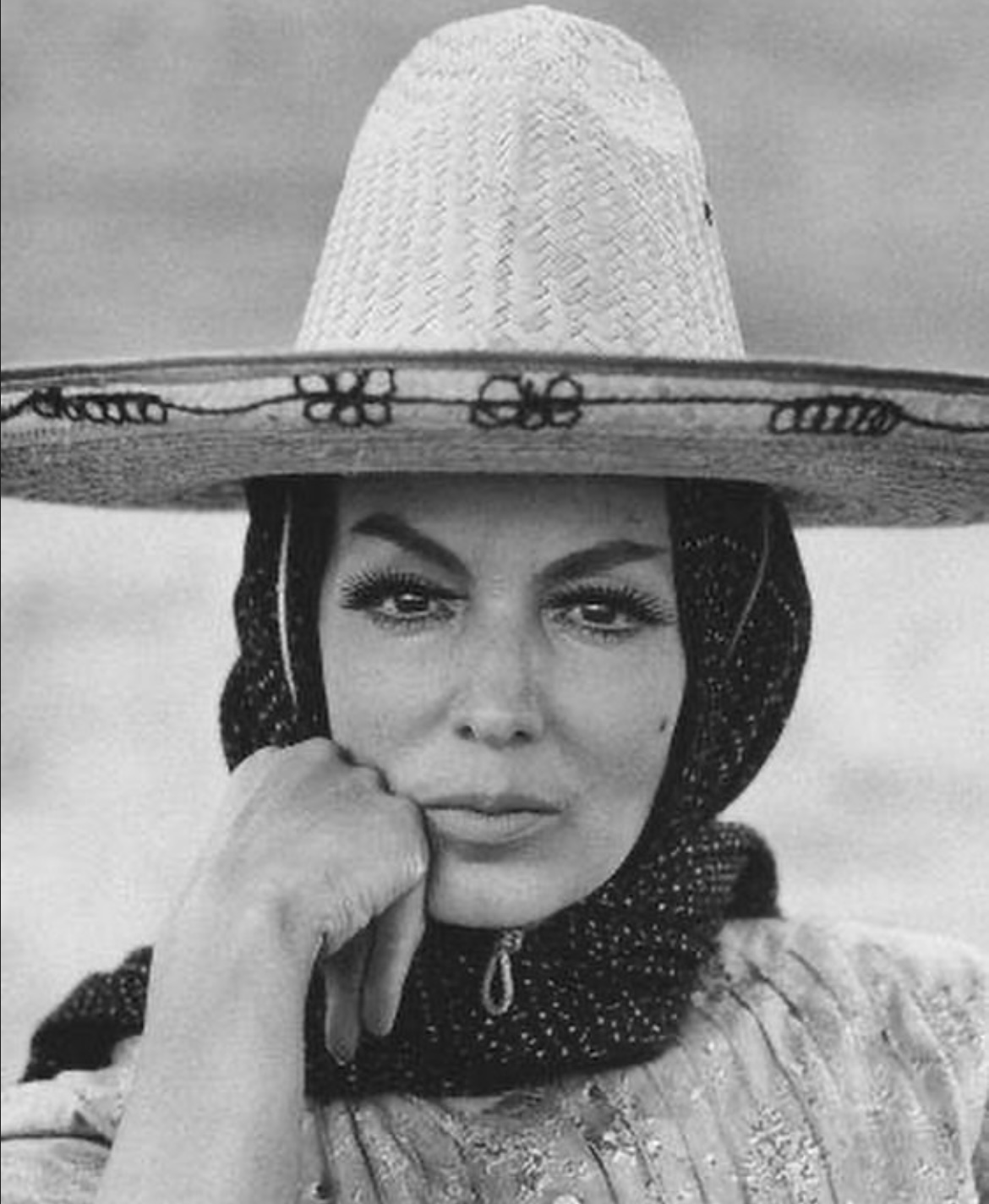
Cinema has told the story of so many women, and telling their story has also helped to build it. This article is written in honor of my uncle Pablo, because he always teaches me something new with love and patience. The article focuses on two controversial films at the time, the first is a trilogy of three women in the midst of the Cuban revolution and the second is about, Rocio, which has gone down in history as the first film judicially seized in Spain after the repeal of film censorship in 1977, analyzing these two unique cases in which one can speak of female empowerment. Within an eminently masculine sociopolitical context.
El cine ha contado la historia de muchísimas mujeres, y contando su historia también ha ayudado a construirla. Este artículo esta escrito en honor a mi tío Pablo, porque siempre me enseña algo nuevo con amor y paciencia. El artículo se centra en dos películas controversiales en su época, la primera es una trilogía de tres mujeres en mitad de la revolución cubana y la segunda es sobre, Rocío, que ha pasado a la historia como la primera película secuestrada judicialmente en España tras la derogación de la censura cinematográfica en 1977, analizando estos dos casos singulares en los que puede hablarse de empoderamiento femenino. Dentro de un contexto sociopolítico eminentemente masculino.
Para el cineasta, ella es el vehículo perfecto para expresar esa lucha
For the filmmaker, women are the perfect vehicle to express this struggle.
The first feature film by director Humberto Solás extends the role of women as a very significant character. In his opinion, as a victim of discrimination, she has suffered the contradictions of society more acutely than men. For the filmmaker, she is the perfect vehicle to express that struggle. The main characters are female in the trilogy of stories that make up Lucia. In Lucia 1895, a well-to-do woman’s awareness of her country’s war against Spanish colonialism takes on tragic proportions; in Lucia 1933, a young woman from the republican petty bourgeoisie is shaken out of her peaceful existence by the dramatic events that led to the failure of the revolution against the dictator Machado, and is swept up in the whirlwind of events. The desire to live free. Lucia de 1960, is a woman undecided between losing the love of her husband, of deep-rooted machismo, or assuming the place that the Revolution makes it possible for her to occupy. Each story in this film revolves around a woman as a pivot to express the predominant characteristics of the historical moments treated. It is not just about a trio of women named Lucia in different settings and at different times; the links between the stories are the presence of a woman and her attitude during a specific period and her relationships with a man, although Lucia is often described as a feminist film, it is not narrated from a woman’s psychological perspective. The director takes a serious look at the development of women’s political consciousness, recognizes its historical importance and vindicates the imperative of their equal participation in the construction of the Revolution. The most important theme, for me, is the woman as the ideal axis or filter to expose the contradictions of society as a whole and to make society itself uncomfortable at that time.
Rocío es la primera película secuestrada y prohibida judicialmente en España.
Rocío is the first film to be seized and judicially banned in Spain.
Rocío es la primera película secuestrada y prohibida judicialmente en España tras la derogación de la censura franquista en 1977 y la aprobación de la Constitución de 1978. A día de hoy, continua prohibida la exhibición pública de su versión original en todo el territorio español. Este largometraje documental disecciona minuciosamente, desde un punto de vista antropológico e histórico, el fenómeno de la romería de El Rocío (Huelva), denunciando las implicaciones e intereses de la iglesia , terratenientes y fuerzas de derechas en esta multitudinaria peregrinación mariana. Dirigida por Fernando Ruiz Vergara, con guión y producción de Ana Vila, y estrenada en 1980, a día de hoy continúa censurada por la sentencia vigente del Tribunal Supremo de 1984 que condenaba a su autor por delitos de injurias a quien la película apuntaba como cabecilla de la brutal represión en el pueblo de Almonte, cuna de la Romería de la Virgen del Rocío, durante el golpe militar de 1936.
La obra fue también la única aportación desde la periférica Andalucía a los largometrajes documentales que emergieron en el cine español de la Transición para alimentar un discurso crítico y de recuperación de la memoria perdida durante el franquismo.
La persecución judicial de la película supuso el final de la trayectoria del director, que se autoexilió en Portugal, lugar en el que vivió hasta su muerte en 2011. De una calidad cinematográfica extraordinaria, “Rocío” es un referente en la historia del cine documental en España.
Tengo que reconocer que estas dos películas, aparte de controversiales, me han abierto la cabeza como pocas, y por eso no puedo dejar de mencionar a un par de actrices que han hecho historia y que son inolvidables.
Rocío is the first film to have been kidnapped and judicially banned in Spain after the repeal of Franco’s censorship in 1977 and the approval of the 1978 Constitution. To this day, the public exhibition of its original version continues to be banned throughout Spain. This feature-length documentary dissects in detail, from an anthropological and historical point of view, the phenomenon of the pilgrimage of El Rocio (Huelva), denouncing the implications and interests of the church, landowners and right-wing forces in this multitudinous Marian pilgrimage. Directed by Fernando Ruiz Vergara, with script and production by Ana Vila, and released in 1980, it is still censored today due to the Supreme Court ruling of 1984, which condemned its author for crimes of slander to whom the film pointed out as the leader of the brutal repression in the town of Almonte, birthplace of the pilgrimage of the Virgin of El Rocío, during the military coup of 1936.
The work was also the only contribution from the peripheral Andalusia to the documentary feature films that emerged in the Spanish cinema of the Transition to feed a critical discourse and the recovery of the memory lost during Franco’s regime.
The judicial persecution of the film meant the end of the director’s career, who went into self-exile in Portugal, where he lived until his death in 2011. Of extraordinary cinematographic quality, «Rocío» is a reference in the history of documentary filmmaking in Spain.
I have to admit that these two films, apart from being controversial, have opened my head like few others, and that is why I cannot fail to mention a couple of actresses who have made history and are unforgettable.
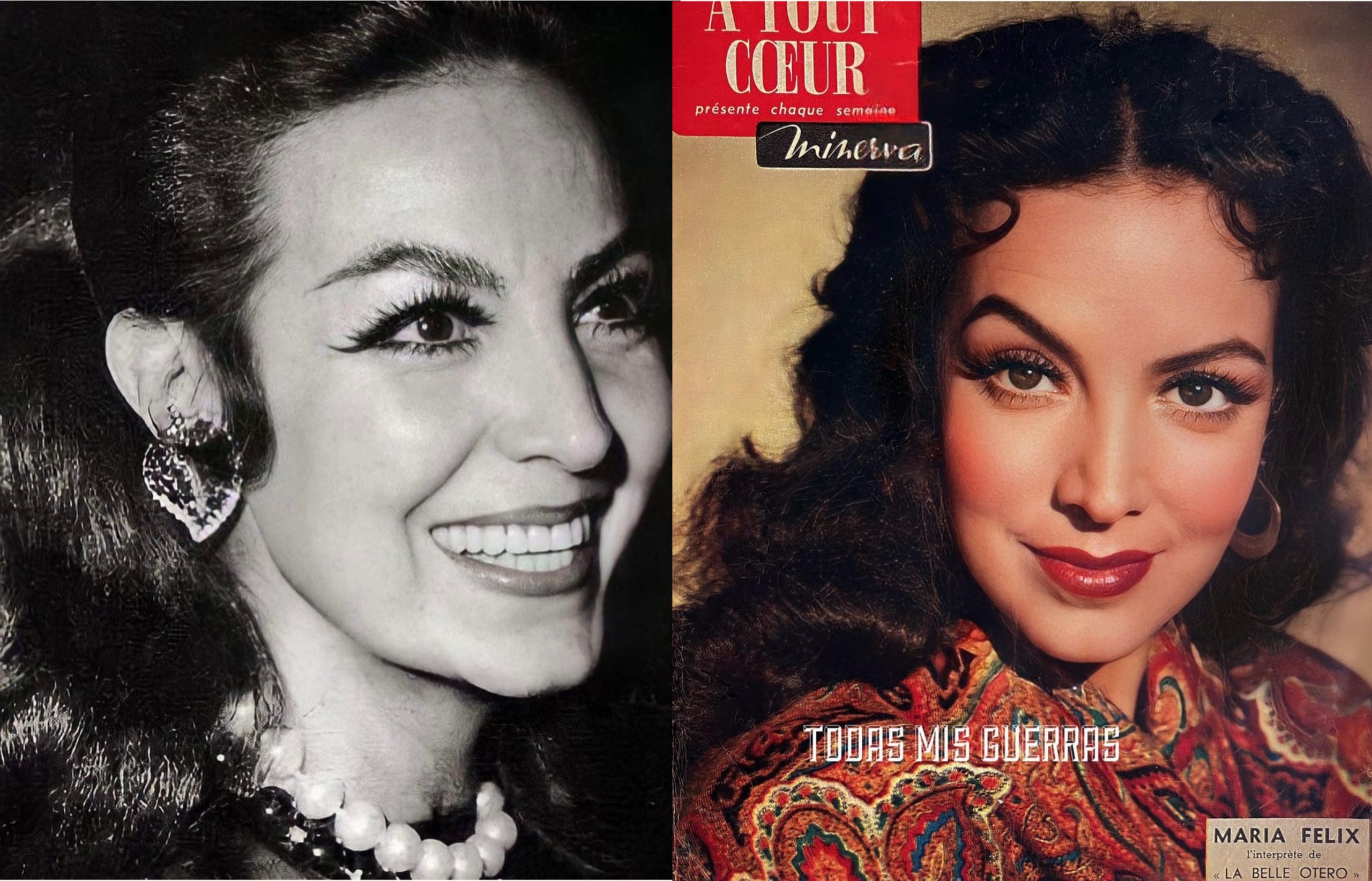
MARÍA FÉLIX
MARÍA FÉLIX
María de los Ángeles Félix Güereña nació el 8 de abril de 1914 en Álamos, Sonora.
Su carrera artística dio inicio en 1943, participando en El Peñón de las Ánimas, su primera película. De ahí en adelante su carrera despuntaría rápidamente, y el mismo año hizo las cintas María Eugenia, la china poblana, Doña Bárbara y La mujer sin alma. su primera película. En 1946 participó en la película La devoradora y Vértigo , además de acaparar la atención de productores extranjeros, ya que le ofrecieron el papel protagónico femenino de Duel in the sun, pero no puedo realizarlo por tener el proyecto de Enamorada en puerta, por lo que la actriz Jennifer Jones actuó en su lugar. Ante la situación de haber rechazado una película Hollywoodense, ella comentó lo siguiente
“Nunca me arrepentiré de haberle dicho que no a Hollywood, porque mi carrera en Europa se había orientado hacia el cine de calidad. Los papeles de india los hago en mi país y los de reina en el extranjero” .
María de los Ángeles Félix Güereña was born on April 8, 1914 in Álamos, Sonora.
Her artistic career began in 1943, participating in El Peñón de las Ánimas, her first film. From then on, her career would take off quickly, and that same year she made the films María Eugenia, la china poblana, Doña Bárbara and La mujer sin alma, her first film. In 1946 she participated in the films La devoradora and Vértigo, in addition to attracting the attention of foreign producers, since she was offered the leading female role in Duel in the sun, but she could not make it because she had the Enamorada project at the door, so the actress Jennifer Jones acted in her place. Faced with the situation of having turned down a Hollywood movie, she commented as follows.
«I will never regret saying no to Hollywood, because my career in Europe had been geared towards quality films. The Indian roles I play in my country and the queen roles abroad».

Marisa Paredes
Marisa Paredes
Marisa nació en Madrid el 3 de abril de 1946, conocida como Marisa Paredes, es una actriz española con una destacada trayectoria teatral y cinematográfica, desarrollada también en países como Francia, México e Italia. Su reconocimiento internacional y masivo entre el público español le llegó con el director manchego Pedro Almodóvar, quien la convirtió en una «chica Almodóvar»; Marisa actúo en películas como Entre tinieblas (1983) y después tuvo ya papeles principales en películas como Tacones lejanos o La flor de mi secreto. Por esta última película fue candidata al premio Goya como mejor actriz protagonista.
Siguió colaborando con Almodóvar en Todo sobre mi madre (1999), Hable con ella (2002) yLa piel que habito (2010)
Almodóvar le abrió las puertas del mercado internacional y gracias a esto fue reconocida por directores muy reconocidos del cine europeo y en producciones tan emblemáticas como La vida es bella de Roberto Benigni y Profundo Carmesí de Arturo Ripstein.
Marisa Paredes, born in Madrid on April 3, 1946, known as Marisa Paredes, is a Spanish actress with an outstanding theatrical and film career, also developed in countries such as France, Mexico and Italy. Her international and massive recognition among the Spanish public came with the La Mancha director Pedro Almodóvar, who turned her into an «Almodóvar girl»; Marisa acted in films such as Entre tinieblas (1983) and later had leading roles in films such as Tacones lejanos or La flor de mi secreto. For this last film she was nominated for the Goya award as best leading actress.
She continued collaborating with Almodóvar in Todo sobre mi madre (1999), Hable con ella (2002) and La piel que habito (2010).
Almodóvar opened the doors to the international market and thanks to this she was recognized by renowned European film directors and in emblematic productions such as Roberto Benigni’s La vida es bella and Arturo Ripstein’s Profundo Carmesí.
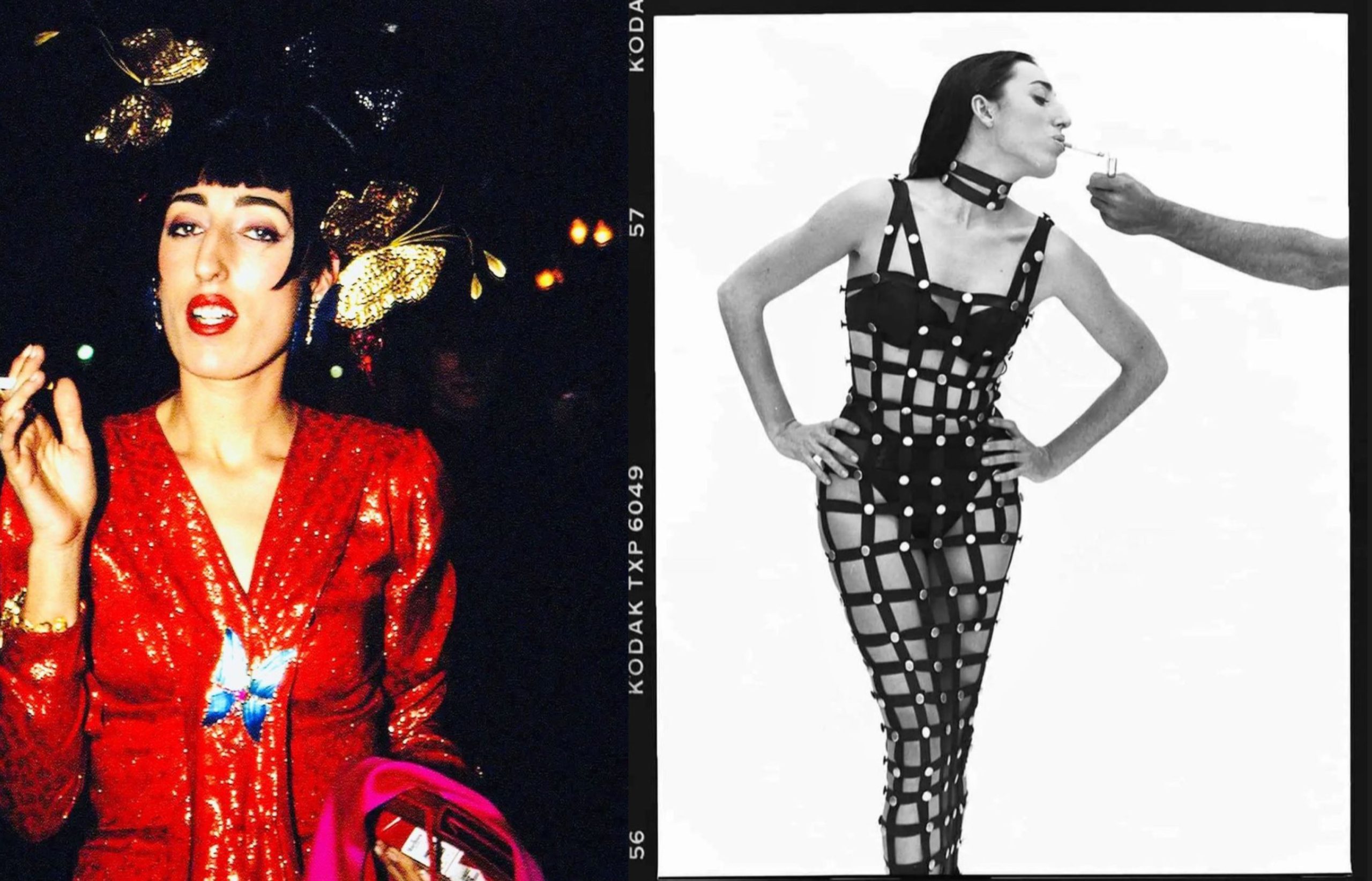
Rossy de Palma
Rossy de Palma
Rosa Echave, conocida como Rossy de Palma, es una actriz española que se hizo famosa por ser ‘chica Almodóvar’.
Fue una de las protagonistas de la movida madrileña, gracias a la cual conoció a Pedro Almodóvar, que estaba empezando a despuntar como director. Fue entonces cuando le ofreció un pequeño papel en ‘La ley del deseo’. Desde ese momento, empezó una relación fructuosa de trabajo entre director y actriz. La película que le ayudó a ganar popularidad fue ‘Mujeres al borde de un ataque de nervios’. A su vez, compaginaba su carrera de actriz con trabajos para diseñadores vanguardistas como Thierry Mugler y Jean-Paul Gaultier.
En los 90 es nominada al Premio Goya como mejor actriz de reparto por su participación en ‘Kika’. También participó en el videoclip de George Michael ‘Too Funky’ y dio el salto a la televisión como co–presentadora de ‘Estress’ (TVE), junto a Loles León y Bibiana Fernández.
Ha trabajado para otros directores, como Álex de la Iglesia, y tiene mucha relación con el cine francés. Actualmente, está centrada en una vertiente más cómica y ha vuelto a la ficción española.
Rosa Echave, known as Rossy de Palma, is a Spanish actress who became famous for being an ‘Almodóvar girl’.
She was one of the protagonists of the movida madrileña, thanks to which she met Pedro Almodóvar, who was beginning to emerge as a director. It was then when he offered her a small role in ‘La ley del deseo’. From that moment on, a fruitful working relationship between director and actress began. The film that helped her gain popularity was ‘Mujeres al borde de un ataque de nervios’. At the same time, she combined her acting career with work for avant-garde designers such as Thierry Mugler and Jean-Paul Gaultier.
In the 90’s she was nominated for the Goya Award as best supporting actress for her participation in ‘Kika’. She also participated in George Michael’s music video ‘Too Funky’ and made the leap to television as co-host of ‘Estress’ (TVE), along with Loles León and Bibiana Fernández.
She has worked for other directors, such as Álex de la Iglesia, and has a close relationship with French cinema. Currently, she is focused on a more comic side and has returned to Spanish fiction.

Sonia Braga
Sonia Braga
Sonia Braga comenzó su carrera interpretativa con apenas 14 años, en la televisión de Brasil. Con 17 se introdujo en el mundo del teatro y a los 19 ya rodaba su primera película. Su primer éxito internacional, una vez convertida en una de las más grandes actrices de su país, fue Doña Flor y sus dos maridos, dirigida por Bruno Barreto, y adaptada de uno de los libros más importantes del escritor bahiano Jorge Amado. En 1983, Barreto la dirige al lado de Marcello Mastroianni en Gabriela, Cravo y Canela, otro gran personaje de Amado. En la televisión brasileña ha sido una figura central de la época de oro de las telenovelas del país producidas por la TV Globo y fue la protagonista de obras como Gabriela (1975) y Dancing days (1978).
Sonia Braga began her acting career when she was only 14 years old, on Brazilian television. At 17 she entered the world of theater and at 19 she was already shooting her first film. Her first international success, once she had become one of the greatest actresses in her country, was Dona Flor and Her Two Husbands, directed by Bruno Barreto, and adapted from one of the most important books by the Bahian writer Jorge Amado. In 1983, Barreto directed her alongside Marcello Mastroianni in Gabriela, Cravo and Canela, another great character by Amado. In Brazilian television she has been a central figure of the golden age of the country’s soap operas produced by TV Globo and was the protagonist of works such as Gabriela (1975) and Dancing days (1978).
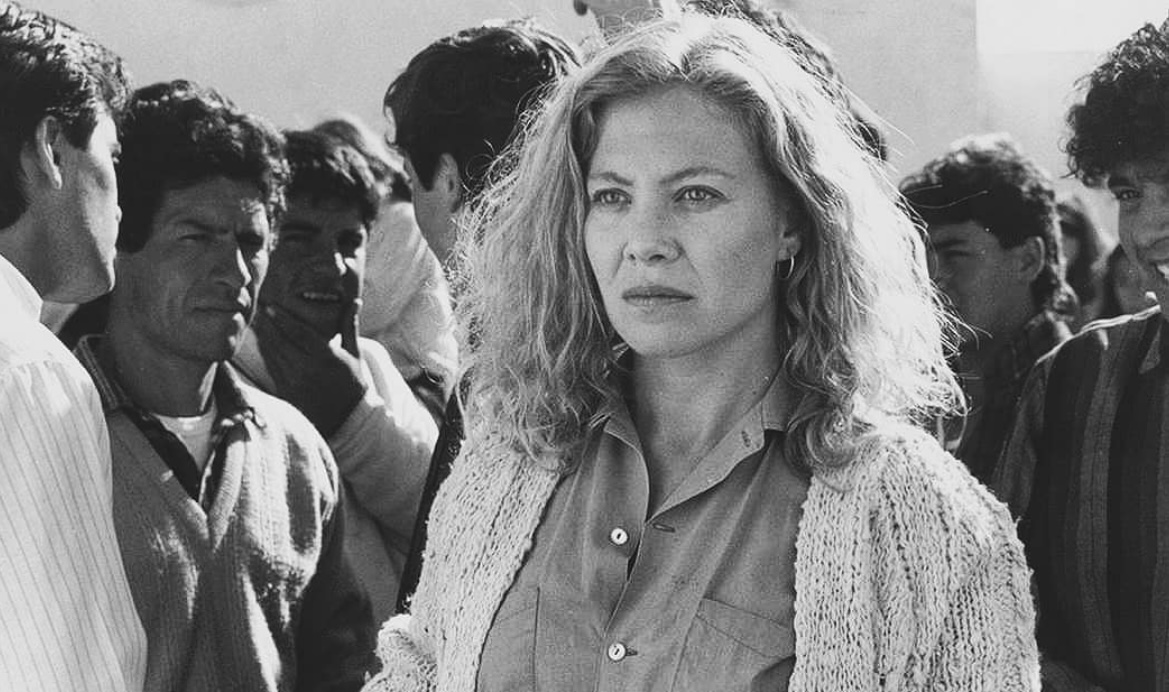
Cecilia Roth
Cecilia Roth
Cecilia Edith Rotenberg Gutkin, es una actriz argentina de teatro, cine y TV. Nació en buenos Aires el 8 de agosto de 1956, y es mejor conocida como Cecilia Roth
Comenzó a tener reconocimiento internacional al trabajar junto al aclamado director Pedro Almodóvar en los años ochenta, y protagonizó Todo sobre mi madre en 1999, película ganadora en los premios Óscar. Fue galardonada en dos ocasiones en los premios Goya y obtuvo el premio del Cine Europeo a la mejor actriz, siendo la única argentina y latinoamericana en recibir el galardón. También actúo en la película Martin H junto a Federico Luppi . Martin H es una película co- producida por Argentina y España, dirigida por Adolfo Aristarain y estrenada en el año 1997.
Cecilia Edith Rotenberg Gutkin, is an Argentine actress of theater, film and TV. She was born in Buenos Aires on August 8, 1956, and is better known as Cecilia Roth.
She began to gain international recognition when she worked with acclaimed director Pedro Almodóvar in the 1980s, and starred in 1999’s Oscar-winning Todo sobre mi madre (All About My Mother). She was awarded twice at the Goya Awards and won the European Film Award for Best Actress, being the only Argentinean and Latin American to receive the award. She also acted in the film Martin H with Federico Luppi. Martin H is a film co-produced by Argentina and Spain, directed by Adolfo Aristarain and released in 1997.
Conclusión
End
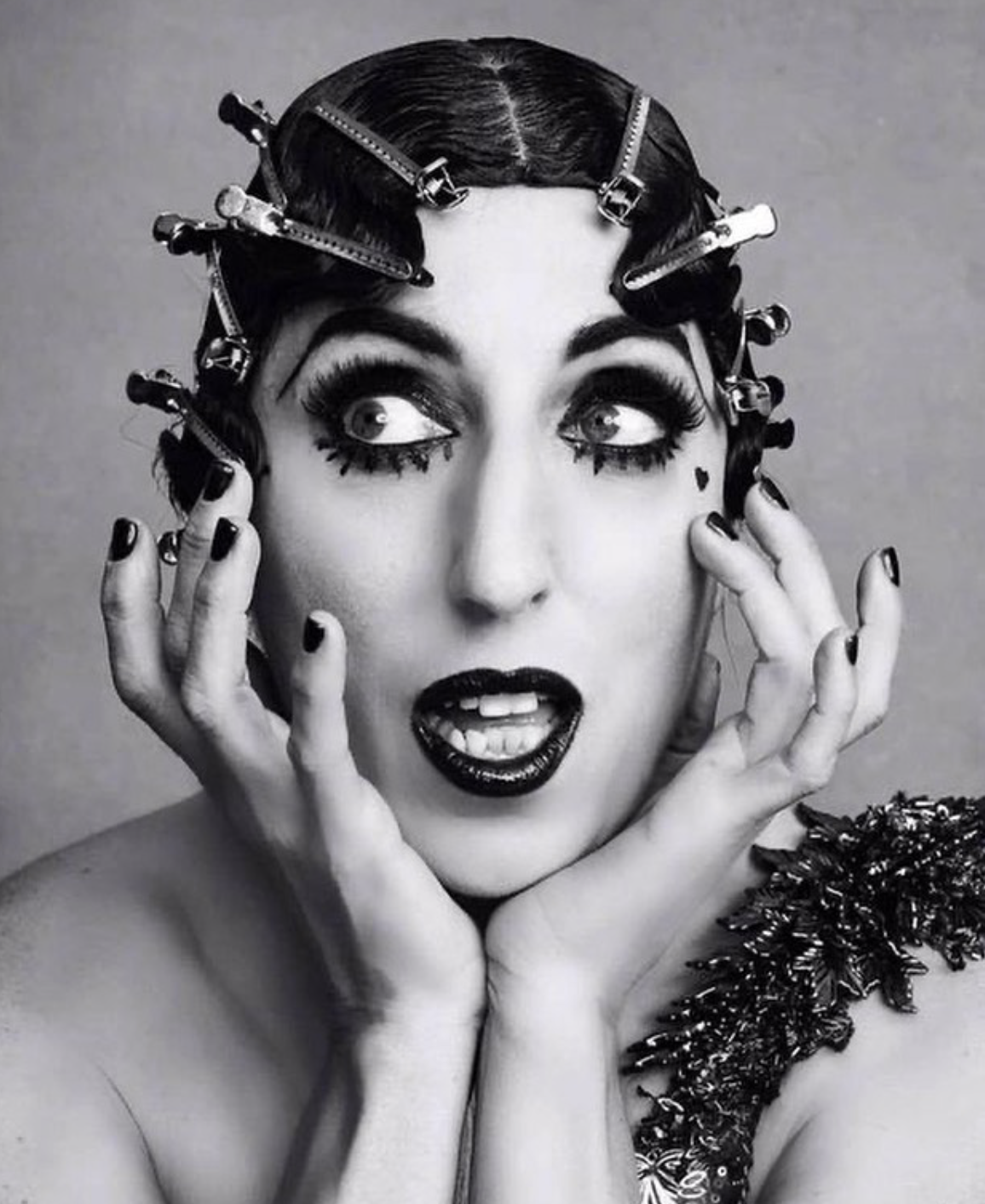
No tengo más que palabras de admiración y celebración por todas estas extraordinarias mujeres, llenas de poder, talento y belleza y porque cada vez es más frecuente en el cine descubrir visiones que tienen que ver con la situación actual de la mujer, desde puntos de vista muy dispares, existen cada vez másmujeres cineastas, directoras, productoras y actrices , y la sociedad responde, y el cine refleja, cada vez con mayor énfasis, una forma de plantear el mundo y sus conflictos en los que la mujer es cada vez más visible y responsable, en contra de la visión mayoritariamente masculina y patriarcal que predomina aún en la sociedad.
e
I have nothing but words of admiration and celebration for all these extraordinary women, full of power, talent and beauty and because it is increasingly common in cinema to discover visions that have to do with the current situation of women, from very different points of view, there are more and more women filmmakers, directors, producers and actresses, and society responds, and cinema reflects, with increasing emphasis, a way of approaching the world and its conflicts in which women are increasingly visible and responsible, contrary to the mostly male and patriarchal vision that still predominates in society.
«Hasta que la mente no está abierta, el corazón permanece cerrado. La mente abierta es la llave del corazón abierto».
– Byron Katie
“Until the mind is open, the heart stays closed. The open mind is the key to the open heart.» – Byron Katie
